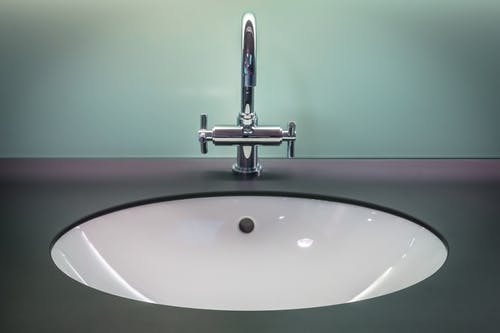What is a Grease Trap and How Does it Work?
The grease trap is commonly fitted to kitchen sinks although it can be added to any appliance. There are large grease traps which are used by factories and food production facilities. You can also get a smaller unit that you can use at home.
It should be noted that these are not obligatory but they are beneficial to the environment.
If you decide to have a grease trap fitted it’s best to get a professional plumber Sydney to do it for you. This will ensure it works properly and is easy to empty.
What Is The Grease Trap?
A grease trap is a type of filter but it’s designed to catch grease. When preparing food there will be a variety of fats produced, these are pushed down your drains when you clean the dishes. They are then carried into the sewer system or the natural water course.
The grease trap sits below the sink and all waste water must flow through it. It allows the water past but captures the greasy fats and oils. These are redirected into a container to make it easy to empty the grease trap.
Without the container the fats would quickly build up and block the trap, causing a variety of issues.
Why Is It Necessary?
Fats and oils are bad for the environment. If they are allowed into the natural water course they can poison wildlife and cause an array of other issues. In short, they are a pollutant and need to be disposed of properly to protect the environment and humans.
In addition to this, if the fats are allowed into the main sewer system they can bind together. Several deposits from one place will combine with other fat deposits and create giant fat balls. These can block the main sewers and cause a huge amount of disruption. If the blockage is not detected early the sewer can back up, potentially flooding hundreds of homes.
How It Works
As mentioned, the grease trap captures the grease and allows the water to flow through. It actually relies on the fact that fats are approximately fifteen percent less dense than water. The fats won’t mix with the water. This means that fats float to the surface of the water.
A set of baffles inside the filter system captures these fats floating at the top of the water. Any solid fat that arrives in the grease trap will be denser than water, this means it will collect at the bottom of the grease trap.
The cleaned water is allowed out the middle, after passing through the baffles to ensure as much fat as possible is captured.
Of course, the fat will accumulate inside the grease trap. Some of this can be pulled out of the collection vessel. However, to ensure it continues to work efficiently the grease trap will need to be pumped and flushed periodically.
That’s a job for your plumber and they will know how to dispose of the fatty water properly.

